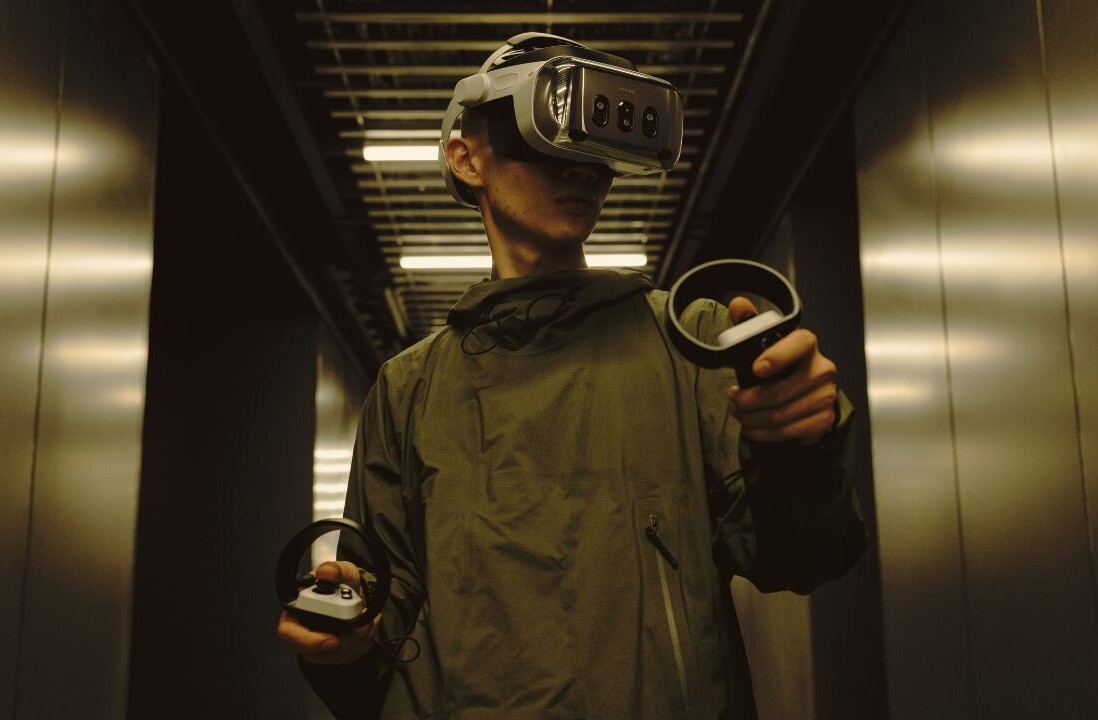![ITC rules against Kodak in its suit against Apple and RIM [Update: Split decision]](https://img-cdn.tnwcdn.com/image?fit=1280%2C720&url=https%3A%2F%2Fcdn0.tnwcdn.com%2Fwp-content%2Fblogs.dir%2F1%2Ffiles%2F2011%2F08%2Fwifi-logo.png&signature=beddf4c6039db22d93e5114a95bec627)
Early reports are coming in that the ITC has ruled against Kodak in its patent suit against Apple and RIM. The informational portion of the ruling explains that the the iPhone 4 and iPhone 3GS do not infringe on key Kodak patents. Other portions of the suit are still under determination and will not be decided until August 30th. Updated with statement from Kodak at bottom of post.
We find that the Apple iPhone 3GS and iPhone 4 do not literally infringe the asserted claim in their non-flash-photography modes of operation.
The patent being ruled on here is cited as the practice of a device “initiating capture of a still image while previewing a motion image.”
While the ruling in regards to this patent is against Kodak, the final determination on the entire case has not yet been made. The matter has instead been remanded to the ALJ for further consideration, with a deadline of August 30th.
While the dismissal to the suit regarding imaging technology that allows a capture of an image while previewing it live has been upheld, there are still other matters in play here that must be decided by the judge. Here is the statement from the ITC about the ruling.
Having examined the record of this investigation, including the ALJ’s final ID and the submissions of the parties, the Commission has determined to modify certain of the ALJ’s claim constructions. The Commission has modified the ALJ’s construction of the claim terms “motion processor” and “still processor,” and remands the question of infringement of these limitations to the ALJ.
The Commission has also modified the ALJ’s construction of “at least three different colors” in the limitation “a second number of color pixel values provided in a second color pattern having at least three different colors.” We find that the accused products infringe this limitation.
Finally, the Commission has determined to modify the construction of “initiating capture of a still image while previewing a motion image.” The Commission finds that the Apple iPhone 3G and the RIM accused products practice this limitation, and affirms the ALJ’s determination that Kodak has waived the argument that in a flash-photography mode of operation the Apple iPhone 3GS and Apple iPhone 4 practice this limitation. We find that the Apple iPhone 3GS and iPhone 4 do not literally infringe the asserted claim in their non-flash-photography modes of operation. The Commission takes no position on whether Kodak has waived its opportunity (including by its representations to the ALJ in connection with Order No. 27) to argue that the iPhone 3GS and iPhone 4 in their non-flash modes infringe this limitation, so construed, under the doctrine of equivalents or whether the iPhone 3GS and iPhone 4 practice this limitation under the doctrine of equivalents. These questions are remanded to the ALJ.
In January, Eastman Kodak filed suit against Apple, alleging that a number of Apple devices infringe on a Kodak patent. An ITC judge ruled the same month that Apple and the co-named Research in Motion were not violating Kodak’s patent. ITC Commissioners then decided to review that ruling. The deadline was set for May, then extended to June 23. Then, last week the ITC pushed its ruling deadline back a week to today, June 30th.
The patents were related to image-preview technology it patented in 2001 that Kodak alleges is being used in mobile phones by RIM and Apple. Kodak currently holds over 1,000 digital-imaging patents, but has encountered issues transitioning its traditional photo business into a digital centric one.
Kodak’s labs have been long held a reputation for digital innovations, creating technologies that form the basis for just about every modern digital camera on the market, including those in smartphones. Lately, leveraging the patents that have come out of that lab has been a huge source of income for the struggling imaging company. Kodak has already been awarded a $964 million payout in a similar suit against Samsung and LG.
As of now, Kodak stocks are down $0.63 at $2.95 in after hours trading. This represents a 17.60% drop . This is likely in response to the dismissal of the primary patent being upheld.
Update: Despite the split decision, Kodak is taking today’s ruling as a postive sign. “We remain extremely confident this case will ultimately conclude in Kodak’s favor,” Gerard K. Meuchner, Director of Communications & Public Affairs for Kodak, told us in an email today.
Kodak has also issued a press release that echoes these sentiments. “We are gratified that the Commission has decided to modify in our favor the judge’s initial recommendation,” said Laura G. Quatela, General Counsel, Chief Intellectual Property Officer and Senior Vice President, Eastman Kodak Company. “As we have said from the start, we remain extremely confident this case will ultimately conclude in Kodak’s favor.”
The final ruling on the case will be made by the ALJ, with a date of August 30th as the current deadline.
Get the TNW newsletter
Get the most important tech news in your inbox each week.





